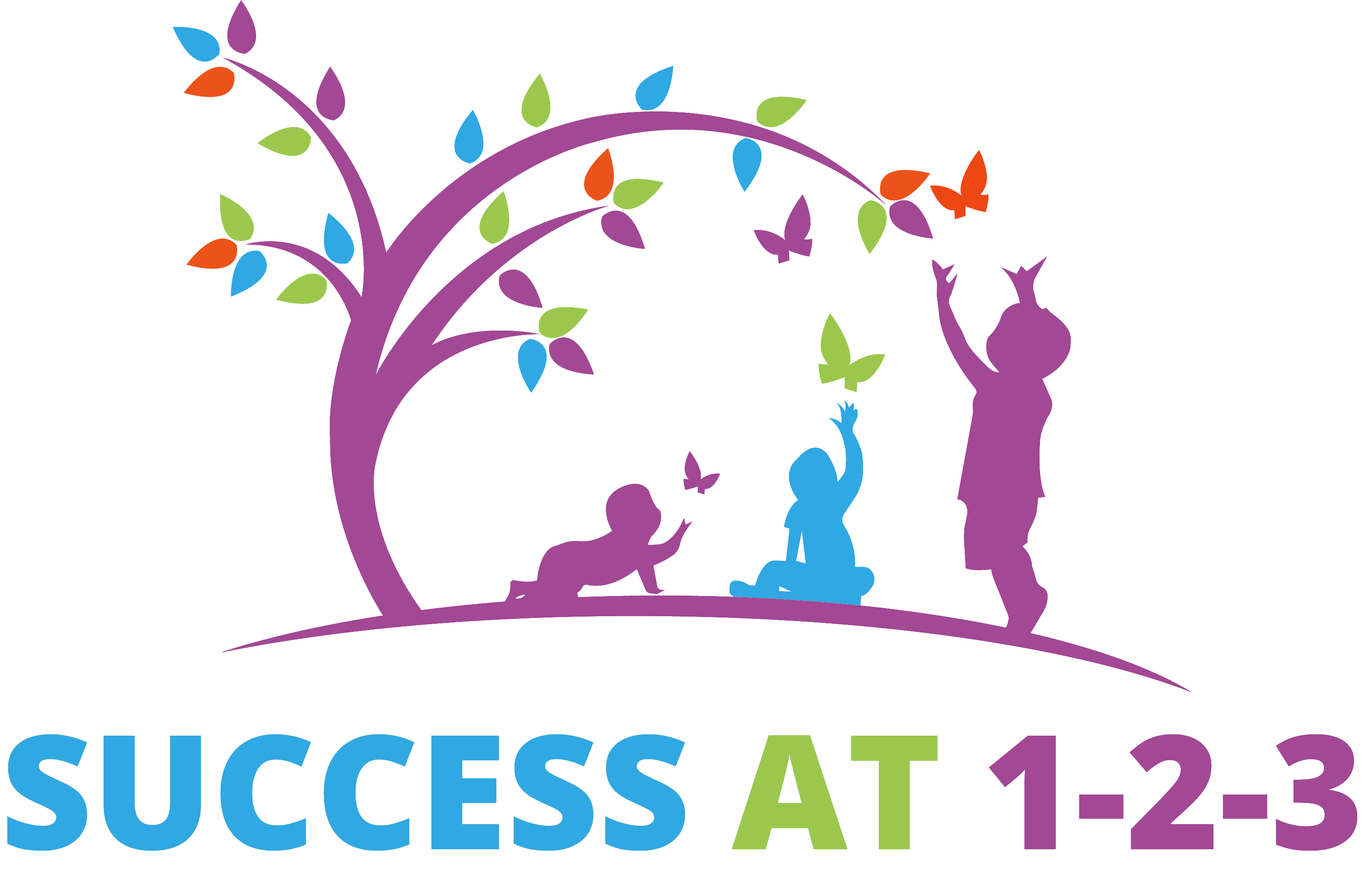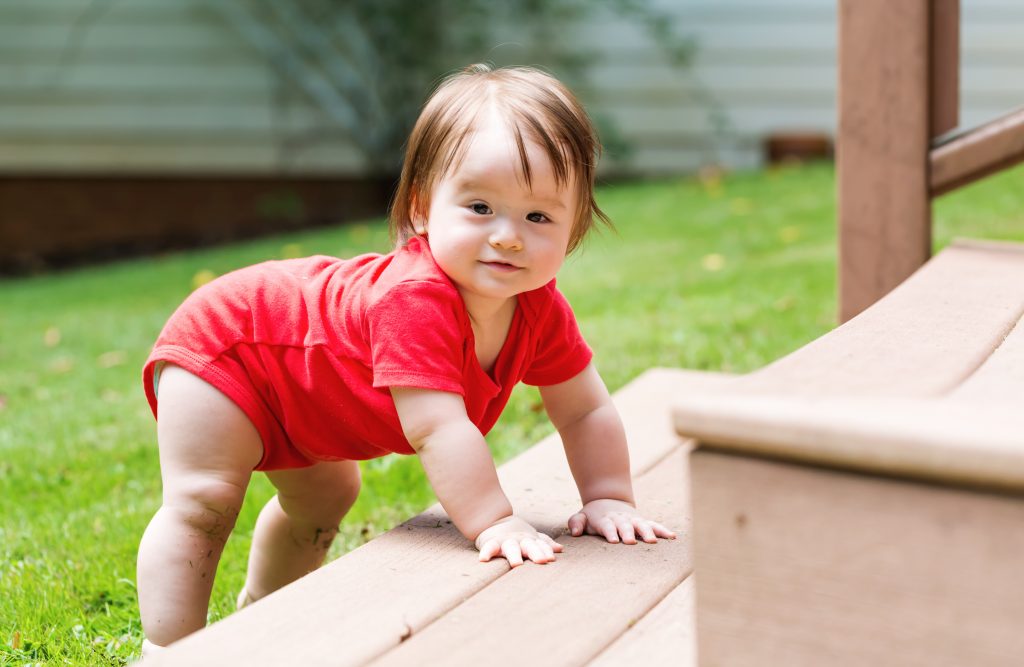Most kids start walking up stairs shortly after they start walking independently in their home. Typically by 15-16 months toddlers walk up stairs with one hand holding onto a rail or wall for support. Walking up stairs safely is an important milestone. It allows your foster child to be more independent and explore places more easily. This leads to increased curiosity and cognitive development.
If your child is 15-16 months old and not attempting to walk up stairs or is unsafe walking up stairs here are a few suggestions that I use in my pediatric therapy practice.
- Practice, practice, practice
- Use the slide
- Start with a step
- Find the right stairs
- Let go of their hand!
1. Practice, practice, practice!
First, kids need a lot of practice. Beginner walkers take over 2600 steps an hour and fall an average of 17 times each hour they explore on their feet. I haven’t seen any study specific to climbing stairs but this does illustrate how much practice kids need to develop a similar gross motor skill.
The research I have seen with regard to walking up stairs shows that kids who have stairs in their home walk up stairs at a younger age than kids who do not. This makes sense because the kids who have stairs in their home will have more opportunity to practice stairs.
In addition to lots of practice, your foster child may need some extra guidance. Here are some ways I help my clients become proficient on stairs:
2. The playground slide
Going down a slide is one of the best motivators for most children to climb stairs. A good motivator will entice them to practice more than they otherwise would. Take them to the park and let them go down that slide as many times as they want–as long as they are climbing up the stairs or ladder of course.
There is another good thing about having them walk up stairs and then slide down: they don’t have to walk or climb down stairs. If your foster toddler is having difficulty walking up stairs then he is going to have even more difficulty walking down stairs. Master going up stairs first and then you can start focusing on walking down stairs safely.
3. Start with a single small step
Starting with a small, single step can be very helpful to any child who is having difficulty walking up stairs. I will generally use something the child can step up onto that is between 2-4″ tall. In the clinic I use a step aerobics step but I have used a number of items easily available at a child’s home including, a large book, a piece of lumber like a 2×8 or the bottom step in a staircase that happens to be shorter than standard height.
First hold their hand and help them step up. As they feel more comfortable negotiating the step, take your hand away so that they step up without holding on to anything. Once they get comfortable going up and down this shortened step they will definitely be ready to start working on walking up standard stairs.
4. Find the right stairs
Standard steps are around 7″ tall. This might not be very tall for an adult but for your toddler it is quite significant. Imagine trying to go up 10 stairs that are about 18″ high and you will get an idea of what we are asking our toddlers to do. Now remember that your foster toddler cannot even jump yet because they don’t have the strength yet to overcome gravity. Going up stairs is no easy task for them.
I love working with toddlers at playgrounds because there are so many things we can use to help develop their gross motor skills. One of these great tools are the stairs. Playground stairs are shorter and less deep than standard stairs because they are made for kids. Different playground structures and different parks have different sized stairs which gives lots of opportunities to find the stairs that your foster toddler will be most successful on.
Around my home I know which parks have steeper/shallower, higher/lower, and deeper/less deep stairs. I often suggest different parks based on what the child I am working with requires. Some kids need more shallow, deeper stairs to get them out of placing both feet on a step and taking on a more mature reciprocal stepping pattern. Other kids need steeper, less deep stairs to help them walk up stairs instead of reverting to their creeping pattern (crawling on hands and knees.) Experiment with different parks and stair patterns and you will find out which stairs help your foster child be the most successful.
5. Let go of their hand!
Often kids will take more support than they need. Sometimes the answer is as simple as taking the support away and not giving it back immediately when they start to fuss. This can be as hard a habit to break for the parent as it is for the child.
In addition to resisting the temptation to hold their hand, you can give them a ball or toy to hold in both hands. Give them a reason to bring the object up the stairs like to “watch Superman fly off the top of the playground” or rolling the ball or car down the slide. This can become a fun, motivating way to get them to stop searching for your hand when climbing up stairs.
Please post a comment if you find success with these tips or if you have some other ideas that have worked for your foster toddler.

